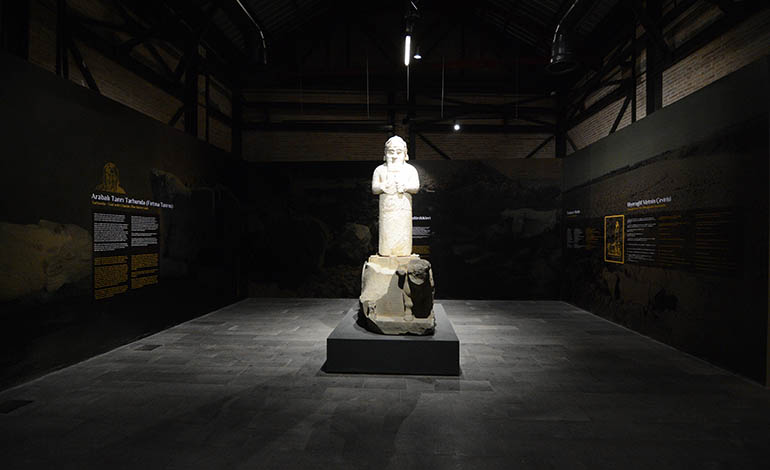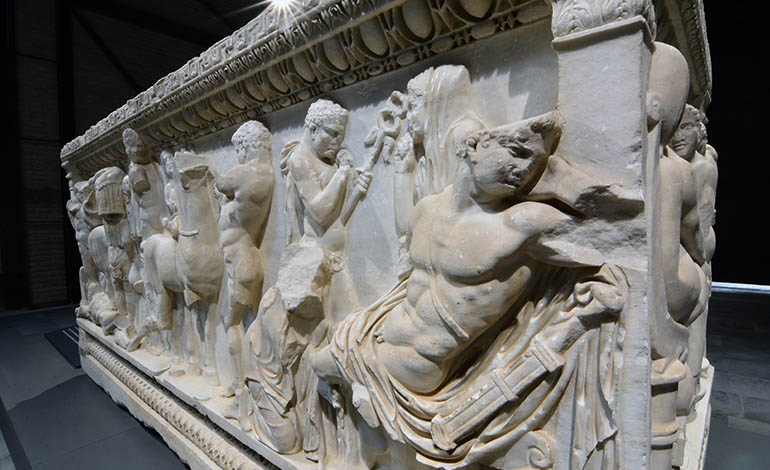History of Adana Museum The Adana Museum was founded in 1924, shortly after the proclamation of the Turkish Republic in 1923, and is one of the ten oldest museums in Turkey. Initially, the museum was located in the Police Department and housed column capitals and sarcophagi from the surrounding area. In 1928, it was opened to the public in the madrasah of the now demolished Cafer Pasha Mosque near Taş Köprü (Stone Bridge). The museum was relocated to the Kuruköprü Monumental Museum in 1950, which had previously functioned as an ethnographic museum. The museum building, which was opened on 05 January 1972 and served for many years, became inadequate for the protection, storage and display of cultural objects and a new museum building was needed. The Milli Mensucat Factory, located in the Döşeme neighbourhood of Seyhan district, was one of the first factories in the city. It was considered suitable to be restored and used as the New Adana Museum Complex. Within the investment programmes of the Ministry of Culture and Tourism, the construction of the New Adana Museum Complex started in 2013 and the Archaeology Museum opened its doors to visitors on 18 May 2017. The National Textile Factory The National Textile Factory in Seyhan was founded by Aristidi Kozma Simyonoğlu and is one of the earliest factories in the city. It is currently being transformed into a museum complex as part of the Ministry of Culture and Tourism investment programme. The complex will include museums dedicated to Archaeology, Mosaic, Ethnography, Agriculture, Industry and Urban life, as well as exhibition and conference halls, an open-air cinema, cafeterias and restaurants. The Archaeology Museum, upon completion, will be the largest museum in Turkey and the Middle East. The Archaeology Museum was opened to the public after the completion of the first phase of the new Adana Museum Complex. The museum showcases the early stages of humanity, including migrations from Africa, as well as the Paleolithic, Neolithic, Chalcolithic, Bronze, Iron, Classical, Roman, Hellenistic, Byzantine, Ramazanoğlu Beylik (Principality), and Ottoman periods in chronological order. Upon entry, visitors can watch a documentary about cultural assets of Adana. The exhibit displays archaeological objects from various sites in the region, including Tatarlı, Sirkeli, Tepebağ, Misis, Anavarza, and Magarsus. It also includes a sacrifice offering scene from the Tatarlı Site temple area and a model of Antique Misis. Mosaics discovered in various locations including Misis, Yumurtalık Artemis, Hippocampus, Tethis, Sugözü, Orpheus, Dirke, Faydalı, Anavarza Tethis, Anavarza fish, Üççamlar and Karlık are displayed in situ next to the excavation hall. Additionally, columns and capitals enlightening the sarcophagus of the Roman Period are present.
ADANA MUSEUM





